According to an estimation, fifteen million people were displaced during the partition of the subcontinent, while two million were killed in the riot.
The feature covers a 42-years struggle which remained from 1906 to 1948. Because during this period, freedom movements and struggles came out, then our nation achieved a separate Muslim State under the leadership of Muhammad Ali Jinnah.
Since Pakistan is now 70 years old and we just celebrated the Independence Day Of Pakistan on 14th August 2017, I decided to write about my beloved country in this precious month of August.
Indication towards the future
25th December 1947
The last birthday of Muhammad Ali Jinnah
The first birthday of Muhammad Ali Jinnah was celebrated on 25th December 1947 in Pakistan, which was his last birthday. The day of his last birthday began with a meeting with the small delegation of journalists, the delegation expressed good wishes for him.
Later he joined a governmental function in the Governor General House but he left the function early because of being given a birthday party by one of his friends.
Ultimately After 9 months, 11th September 1948 he passed away while fighting with Tuberculosis. He had been suffering from this disease since the past decade, but it was kept in secret, on the next day, a newspaper declared:
"Muhammad Ali Jinnah is no longer with us", "Pakistan Zindabad (long live Pakistan)".
Muhammad Ali Jinnah 1947
Constant Legacy
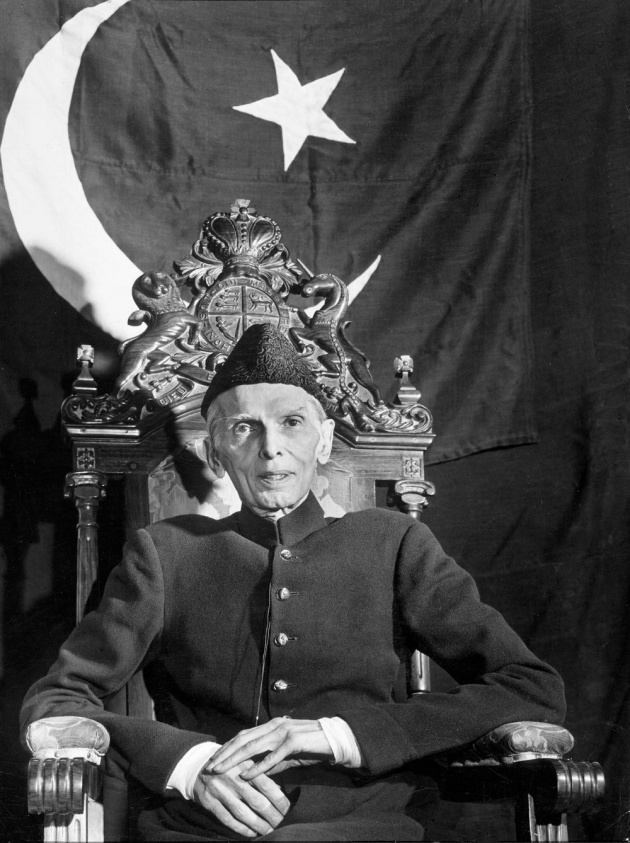
Photo Credit: Book "Witness to life and freedom"
This photo is one of the many pictures taken by Margaret Bourke-White. On January 5, 1948, it appeared on the title page of a magazine named "Life Magazine".
Pakistan celebrated its 70th birthday in 2017. So on that occasion, the mention of Muhammad Ali Jinnah's struggle is also considerable who founded the world's largest Muslim State in 1947.
Establishment of law, freedom of opinion, social justice, and equal opportunities for all citizens are the essence of his legacy. A legacy that he wanted all Pakistanis to remain in the future too.
Although government and legislation are the authorities of the people's elected representatives, Muhammad Ali Jinnah used to say to the Imperial Legislative Council until 1919 that neither anyone can lose their freedom through the proposed law nor their freedom can be snatched.
He often used to say that Islam taught us moderation and justice, He explained that without him, Pakistan could never become a religious state.
Delhi, August 1947
Long wait for freedom
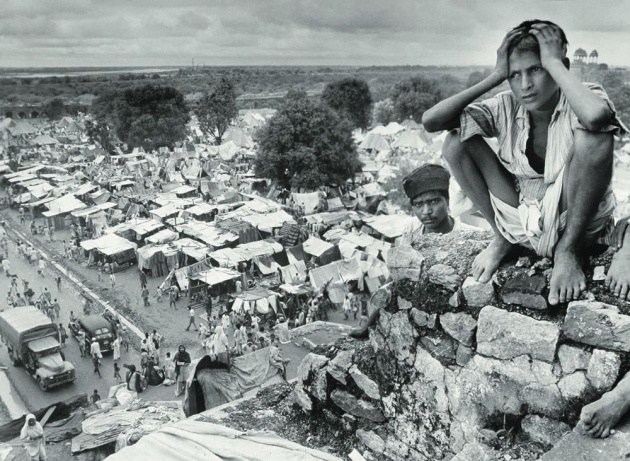
Photo Credit: Book "Witness to life and freedom"
This picture was captured in 1947outside the refugee camp in Delhi. A young refugee can be seen in the picture who is keeping his hands on his head because of trouble, a lot of refugee camps can also be seen around him.
Thousands of refugees prayed fervently in the camps to go Pakistan as soon as possible, hundreds of Sikhs and Hindus evacuated from Punjab, there was an atmosphere of fear because of the organized massacre of the Muslims. And such incidents have deeply influenced Indo-Islamic civilization and politics.
According to the estimates of Indian Prime Minister Jawaharlal Nehru, there were just a thousand deaths in the city while the data from other sources showed that the number of deaths was 20 times higher than that estimate.
At the end of the massacre, about 33 lacs Muslims were forced to move to Pakistan, according to the census in 1951, the population of Muslims decreased in Delhi, in 1941, the population of Muslims was 32.22%, which reduced to 9.8% in 1951.
Dhaka, March 1948
Visit to supreme commander
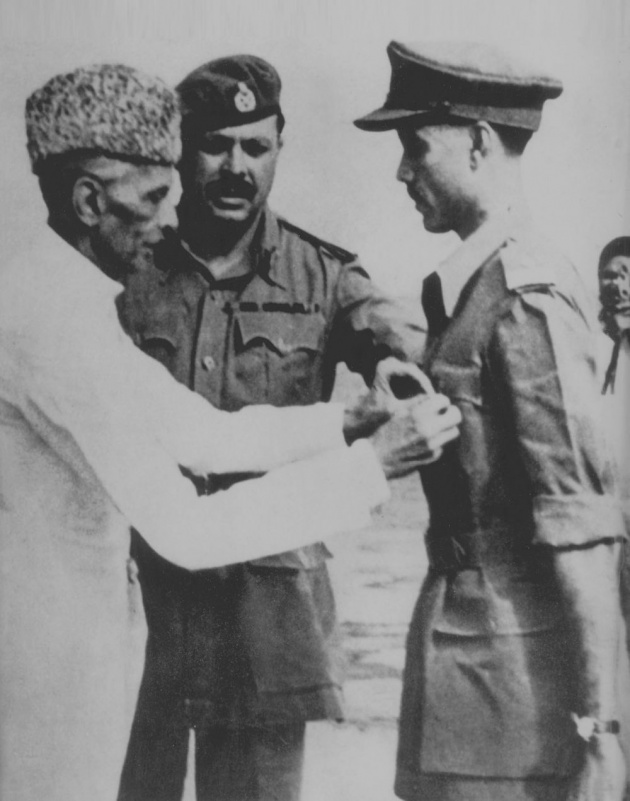
Photo Credit: Goher Ayyub
This was Muhammad Ali Jinnah's last visit to Dhaka in September 1948, indeed many of his visits to East Pakistan's (Bangladesh) capital were made before this one. All-India Muslim League was founded in Dhaka in 1906 and Muhammad Ali Jinnah made many visits to Dhaka from Kolkata because it was the main political city in British Empire. However, after the division of India, Dhaka became the root of the Muslim majority province of East Bengal politics.
Gilgit and Kashmir 1947
Partial win
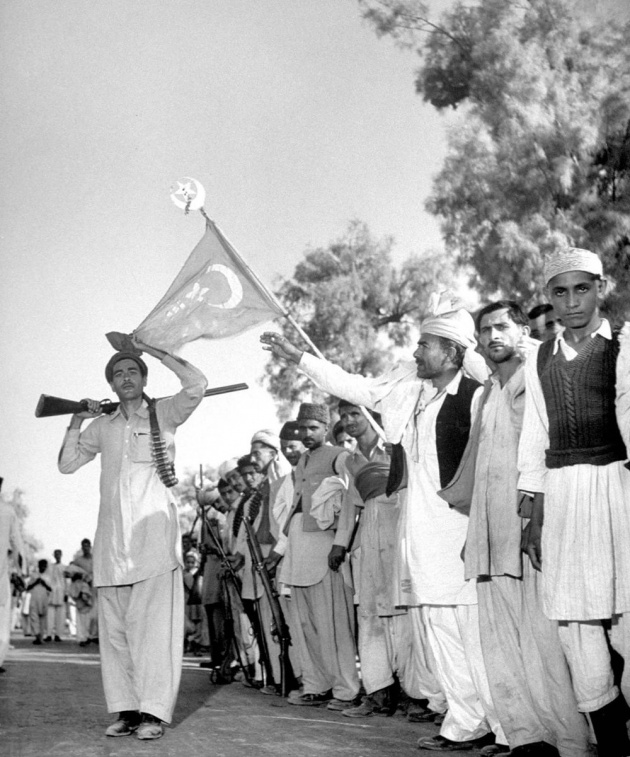
Photo Credit: Book "Witness to life and freedom"
On 1st November 1947, Gilgit, Hunza, and Baltistan affiliated with Pakistan.
Hunza, Baltistan, and Gilgit were conquered by Maharaja Hari Singh but in 1889 the British government formed the Gilgit-Baltistan Agency as an important area to resist the Russians then the British obtained Gilgit-Baltistan Agency from Maharaja Hary Singh on a 60-year lease in 1935.
Swat: 24th November 1947
The consent of Wali
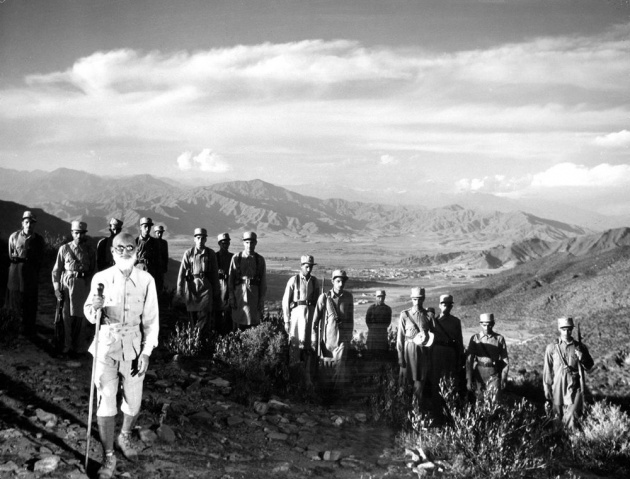
Photo Credit: Book "Witness to life and freedom"
Swat became a state when Sikh and Afghan rule ended. When the British occupied Peshawar in 1849, Yousuf Pathan was basically the ruler of Swat. In the same year, the tribal chose Syed Akbar Shah as the governor, although the king of the area 'Akhund' had the true power in Swat, who was popular as 'Seedu Baba'.
After the death of Seedu in 1887, the war between his son and his grandson began in Swat. Finally, in 1917, the tribal chose a king of Swat to Seedu Baba's grandson 'Mengal Abdul Wadood'. Although by 1923 he had achieved the rule over Swat, but the British government did not accept him officially. However, in 1926 the British government gave him the title of Wali, which is somewhat religious because the British believed that the title of the king/queen was the right of only the Queen of Britain.
Bahawalpur: 3 October 1947
Satisfaction of Ameer
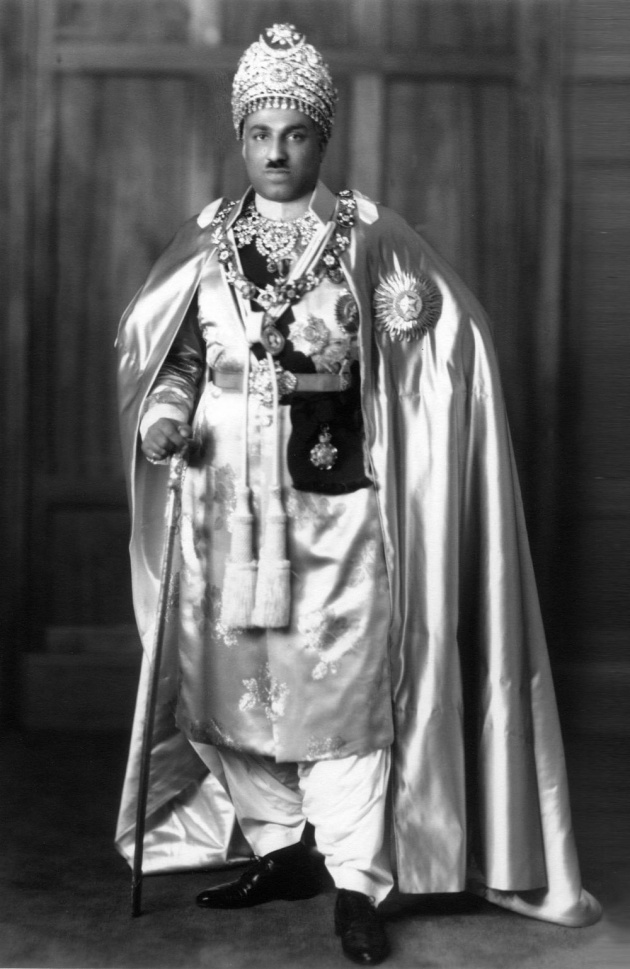
Picture credit: Queen Yasmeen archives, London
Nawab Sadiq Abbasi became a ruler of Bahawalpur in just 18 months of age but by 1924 the state obeyed his elder sister's orders.
Nawab stayed in London due to his illness and doctors advised him to stay there more. That time was very important for Bahawalpur, its borders were between India and Pakistan and it had to choose one country.
No decision was taken in the absence of Nawab. On 15th August 1947, Nawab declared to live as an independent ruler and expressed the desire to run Bahawalpur under Pakistan. After that, the government began working on making Bahawalpur a part of Pakistan.
Nawab was the last king of Bahawalpur before affiliating with Pakistan. He retained the family travel tradition for the best governance in the state.
Khairpur: 3rd October 1947
Welcome to the little king
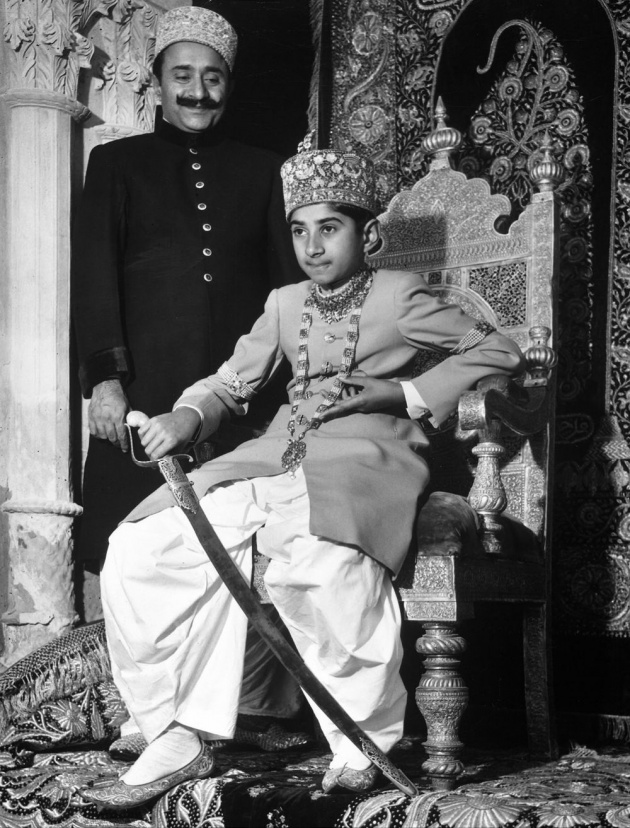
Picture credit: Meer of Khairpur family archives
The rule of Talpur in Sindh started at 1783 when Mir Fateh Ali Khan Talpur declared himself as Chief of Sindh. He had the proximity to Zaman Shah Durrani, Mir Fateh Ali Khan Talpur's nephew Mir Sohrab Khan Talpur moved to Rohri where he established the state of Khairpur.
Accepting the growing power of the East India company, Talpurs offered assistance to the British government during the first Afghan war. It was a surprising step and maintaining it was a big policy of the state.
On 24 July 1947, Mir Faiz Muhammad Khan Talpur visited England due to illness so he gave his seat to his son Murad Ali Khan Talpur, but for being so young, Board of Chairman had been formed to guide him which was based on the close family members of the Mir family.
Nation building, Lahore 1946-1947
A vow with the leader
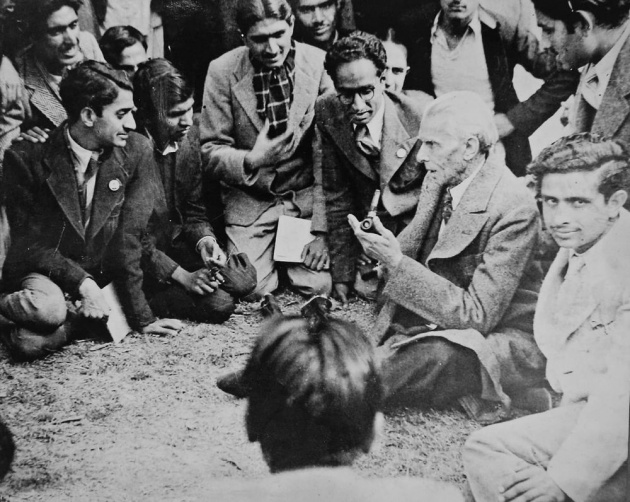
Picture credit: Lahore museum archives
The above picture was taken in the lawn of Punjab University, Muhammad Ali Jinnah can be seen in this picture while having a gossip with the students.
Students and especially Punjab's students played an important role in the general election in 1945.
Success in these elections was important for the Muslim League because the failure of the election meant that the Congress and the British government would cancel further negotiations with Pakistan. And that's why the Muslim League turned towards the students and tried to mobilize them.
Democratic Punjab 1937-1947
A friendly effort to convince
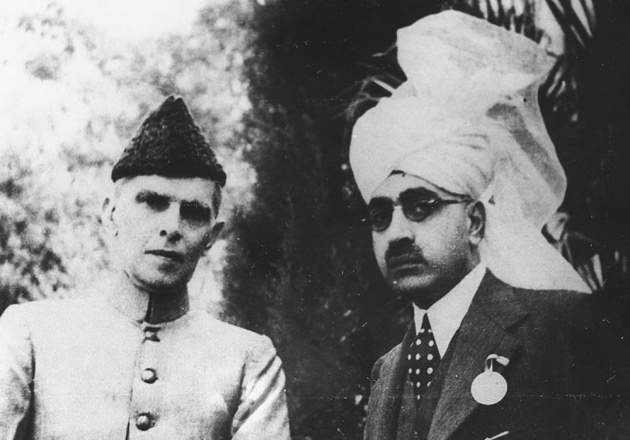
Picture Credit: National archives Islamabad
After getting the victory in the Punjab election in 1937, Sikandar Hayat Khan was being pressurized by the Muslim parliamentarians for balanced distributions in Punjab. Due to this, he entered into the Jinnah-Sikandar contract with Muhammad Ali Jinnah.
The main purpose of the contract was that the Muslim League will represent the Muslim on National level while the Union Party will represent on Provincial level.
Bringing broken Pakistan together, Karachi 1948
Nation-building expert
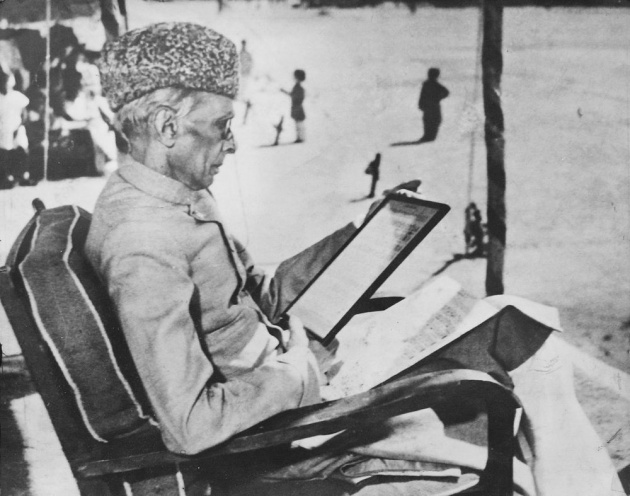
Picture Credit: Lahore Museum archives
Muhammad Ali Jinnah took personal interest in the selection of National Anthem and ensured that all the future things of Pakistan should be covered in the National Anthem (Before that, he also took special interest in the design of National Flag, in which the White Part was selected to represent the minorities).
The music of our National Anthem was composed by Ahmed Ghulamali Chagla, which got selected in 1949, while its lyrics were written in 1952 by Hafeez Jalandhari and two years later, in 1954, it officially became our National Anthem.
<<"Enjoy our National Anthem">>
Video Credit: youtube.com 


